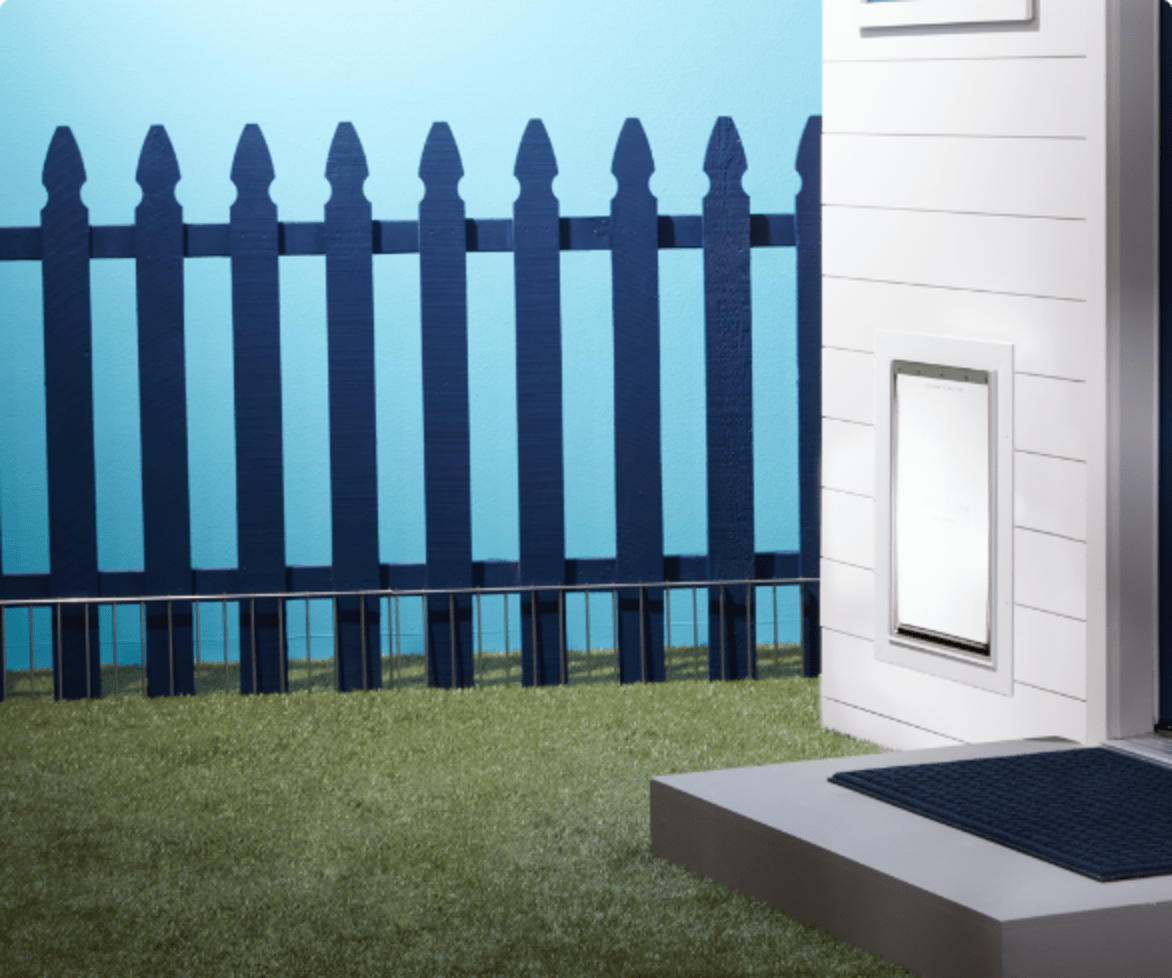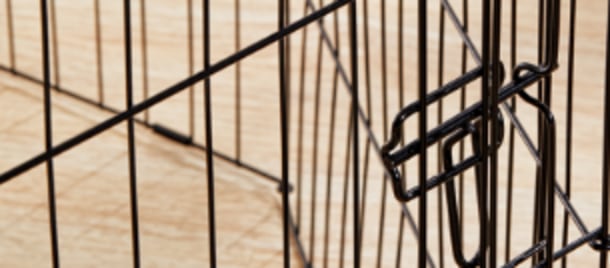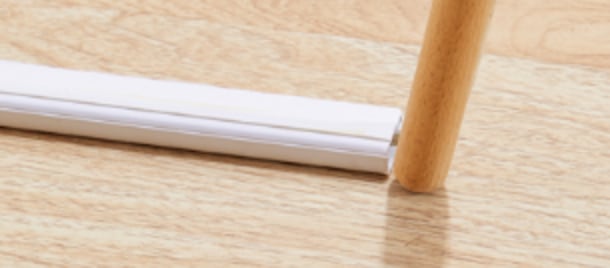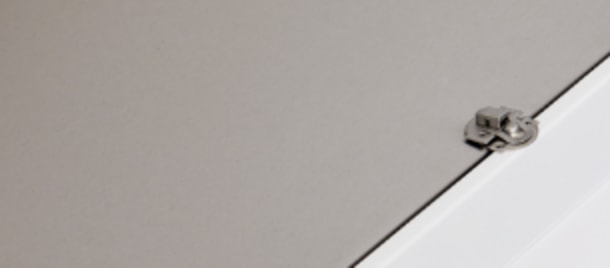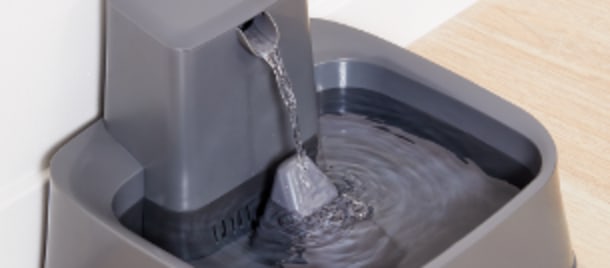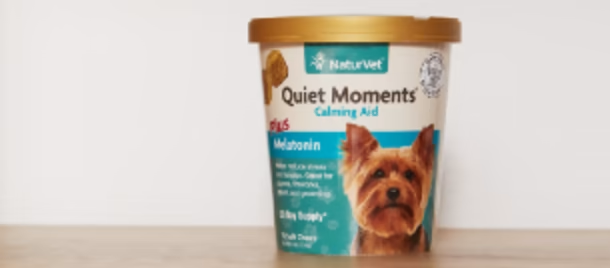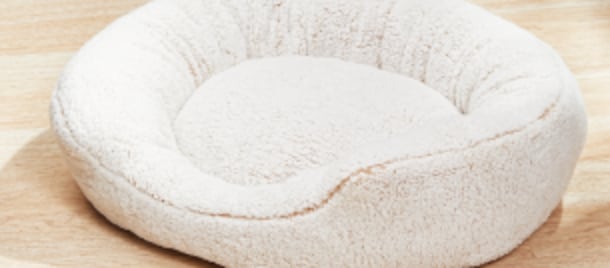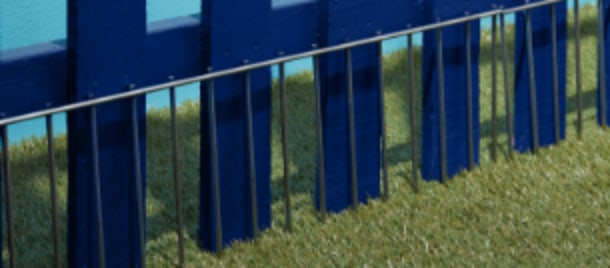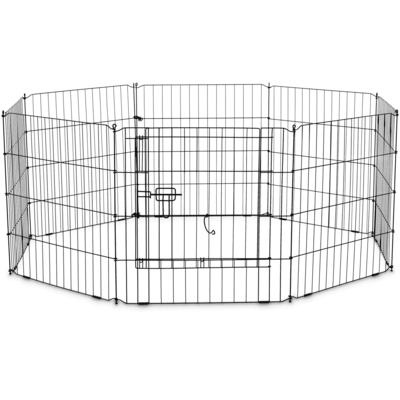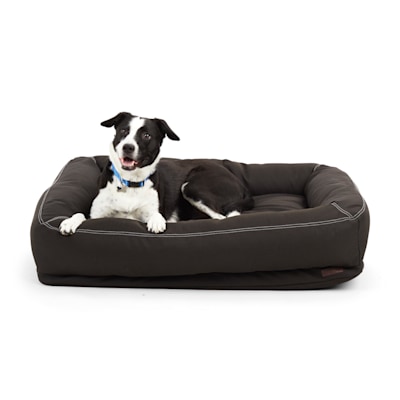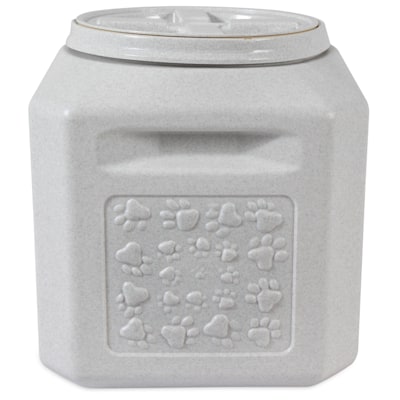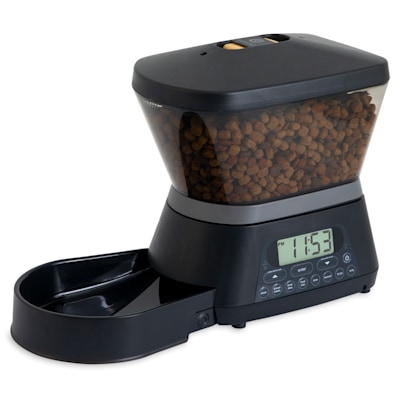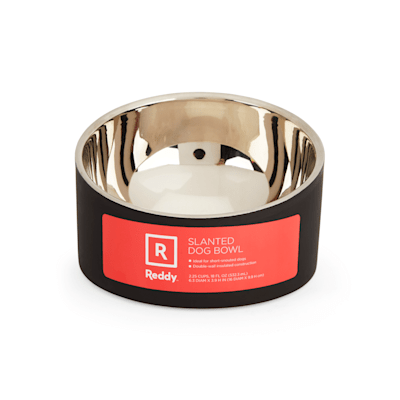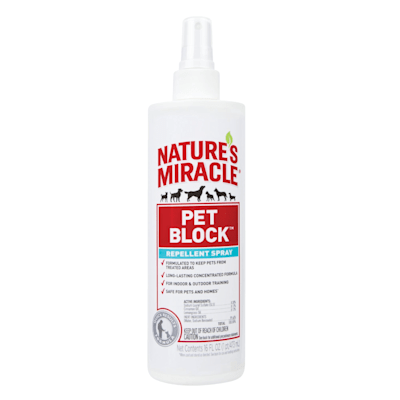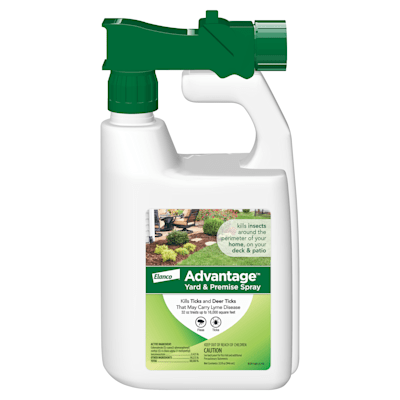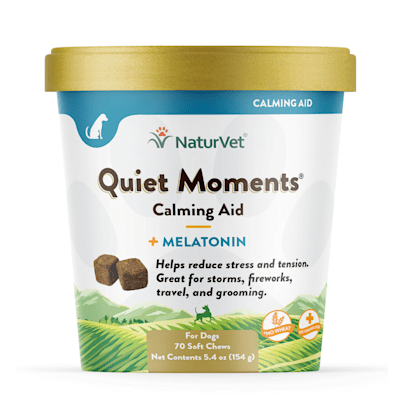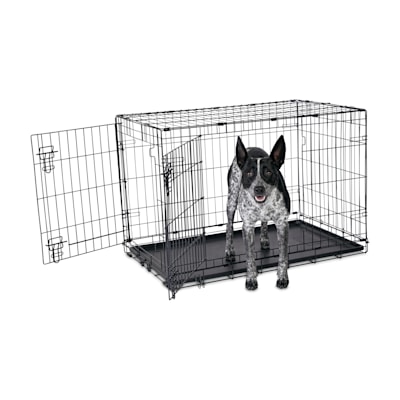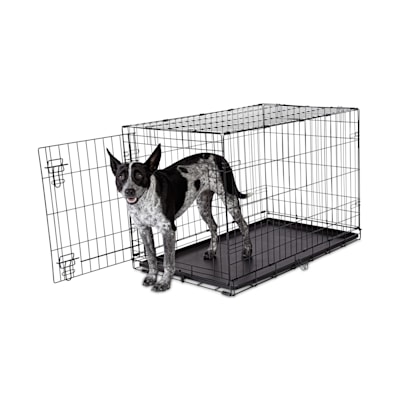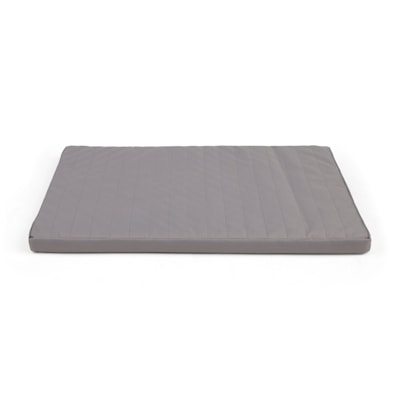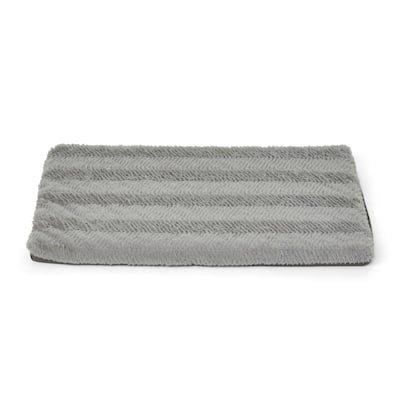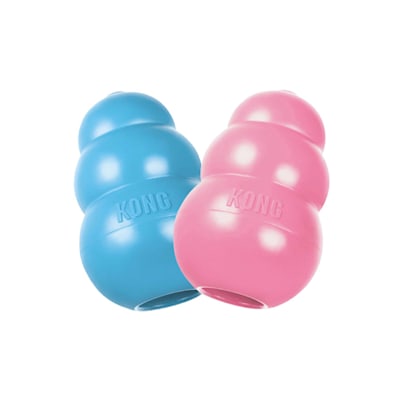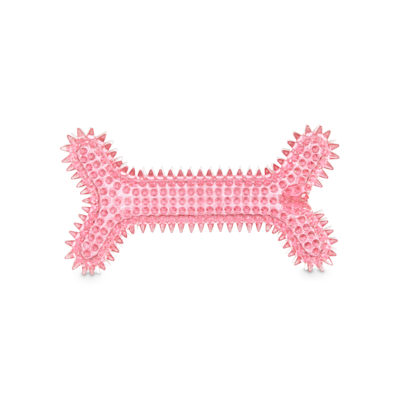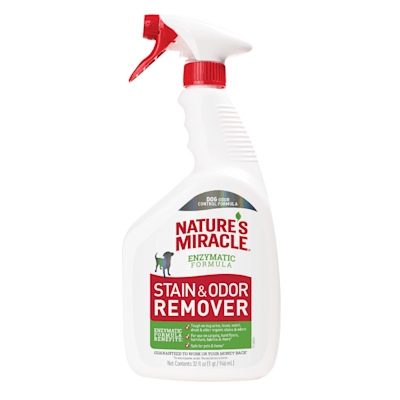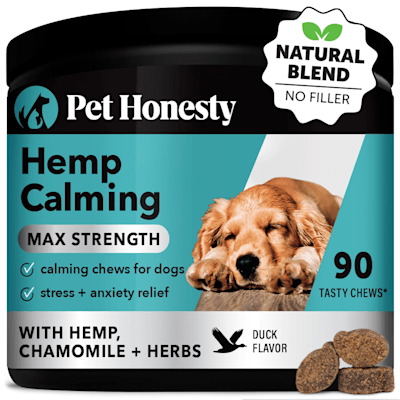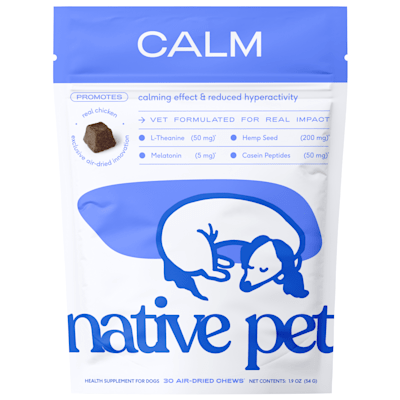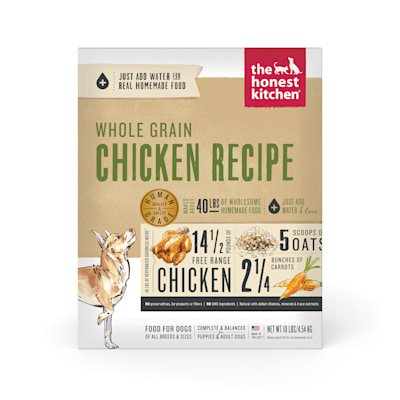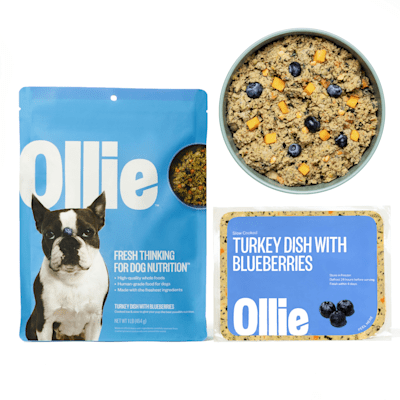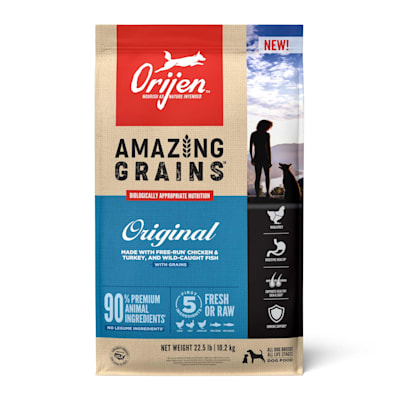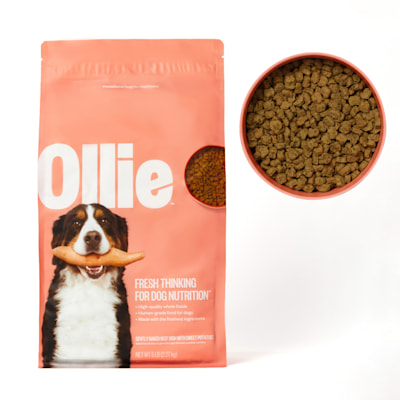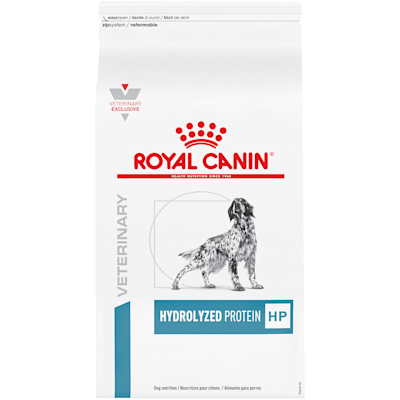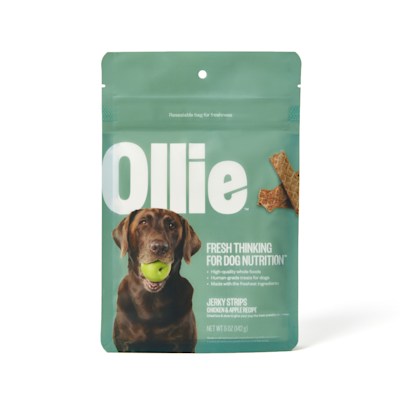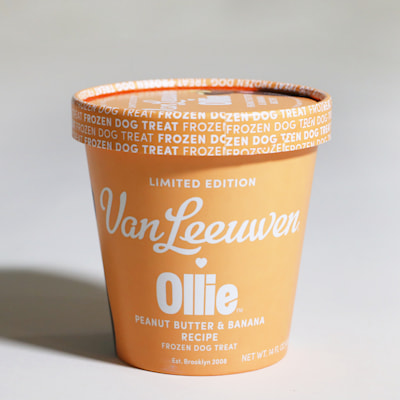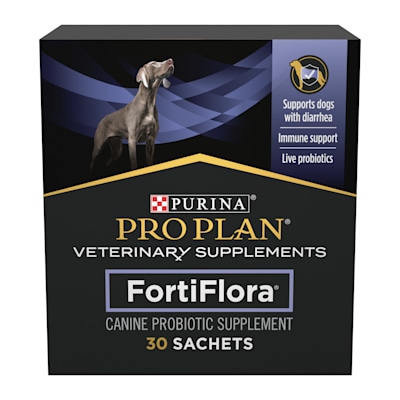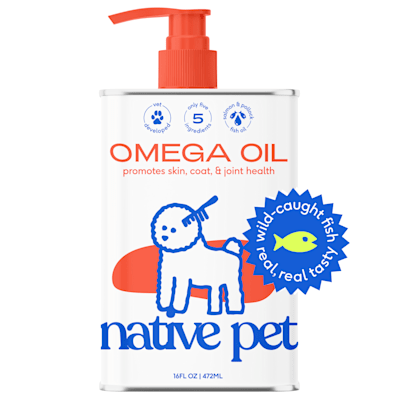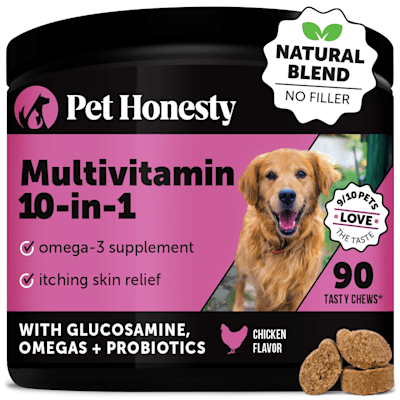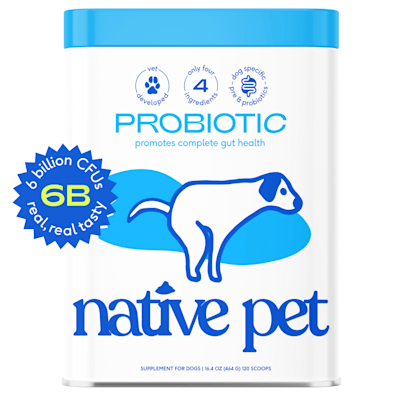1. PREPPING YOUR HOME
Fill your space with supplies and essentials before your dog arrives to help them feel comfortable and safe from the start.
Top-recommended products to prep your home
PETCO
TIP
If your dog shows an interest in opening cabinets or doors, use childproof locks to help keep your new pet safe.
2. FIRST NIGHT TOGETHER
The first night together can be a big change for everyone, and preparing beforehand can help ensure a seamless transition.
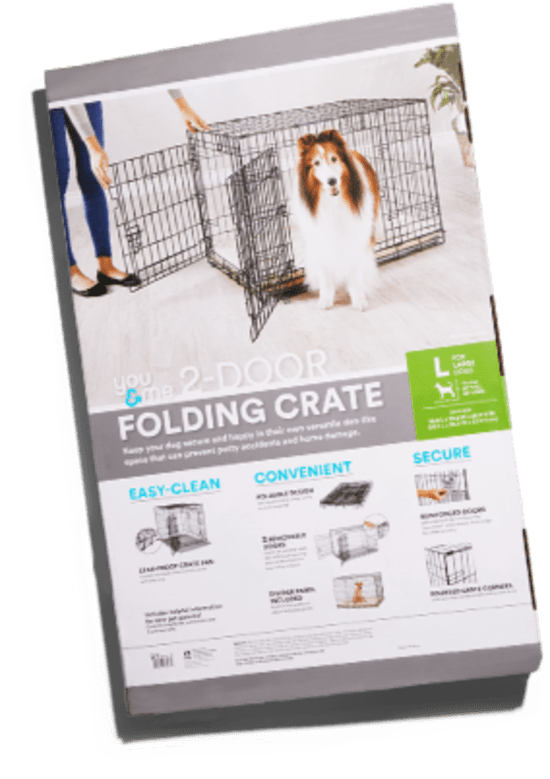
Give them their own place to sleep
A bed or a crate for them to sleep in helps them feel safe in their new home.
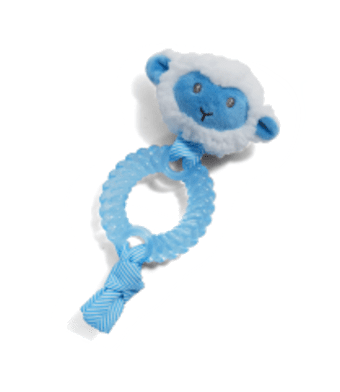
Get ahead of anxiety
Help reduce stress and anxiety they may experience with interactive toys and long-lasting chews.
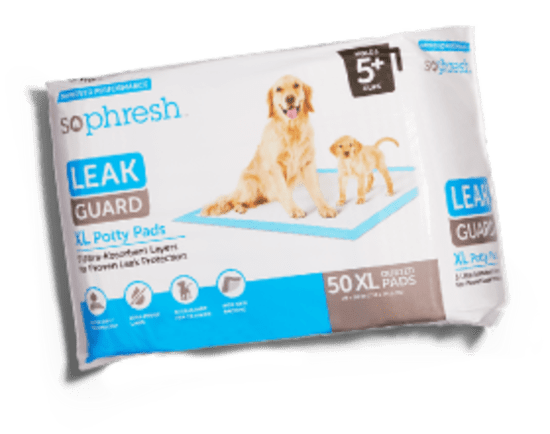
Start potty training immediately
Help reduce accidents by taking your new puppy potty shortly after eating, drinking, waking up or playing.
Top-recommended products for their first night
PETCO
TIP
Crate training gives your dog a safe space to sleep and relax, and it can also help housetrain them.
3. Finding the right nutrition
Nutrition is the foundation of your dog's physical health.

Why quality nutrition is important
Quality nutrition helps your dog have healthier skin, a shinier coat and improved vitality and longevity.

What to look for in dog food
When looking for dog food, consider your dog's age, health needs, such as food sensitivities or weight management, and choose a recipe that suits their specific lifestage. Opt for dog food with high-quality ingredients and a complete and balanced recipe.

Health starts with what's in their bowl
Build a balanced bowl with quality nutrition and toppers to help ensure a healthy diet.

Committed to quality nutrition
For healthy skin, a shiny coat, improved vitality and longevity.

What to look for in dog food
Opt for dog food with high-quality ingredients and a complete and balanced recipe.
*See how Petco defines artificial ingredients at petco.com/nutritionstandards.

Health starts with what's in their bowl
Help ensure a balanced diet with quality food, toppers and treats.
Top-recommended nutrition picks
6. Creating a healthy routine
Help support their physical and mental health by providing the care and stimulation they need.
What our partners recommend for new dogs
Visit us in store for tips and advice from our knowledgeable partners, and get a Whole Health Check that offers personalized product and service recommendations for your dog's specific needs.*
*Our Whole Health Check is not a substitute for routine vet exams.
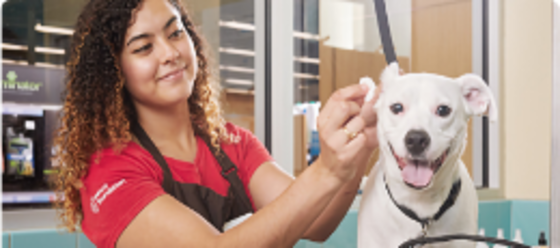
Colleen Seigler,
Petco Grooming Academy Instructor
The best way to help ensure a positive grooming experience is to bring your dog in early so they get used to being handled.

Chloe Sternlicht,
Petco-Certified Dog Trainer
I often recommend crate training to new pet parents. A crate can help their dog feel safe and comfortable while supporting successful potty training.

Dr. Whitney Miller,
DVM, MBA, DACVPM, Petco Chief Veterinarian
Regular vet exams are essential to pet care. Even if your dog is healthy, routine exams help you catch and treat issues before they become larger issues.



